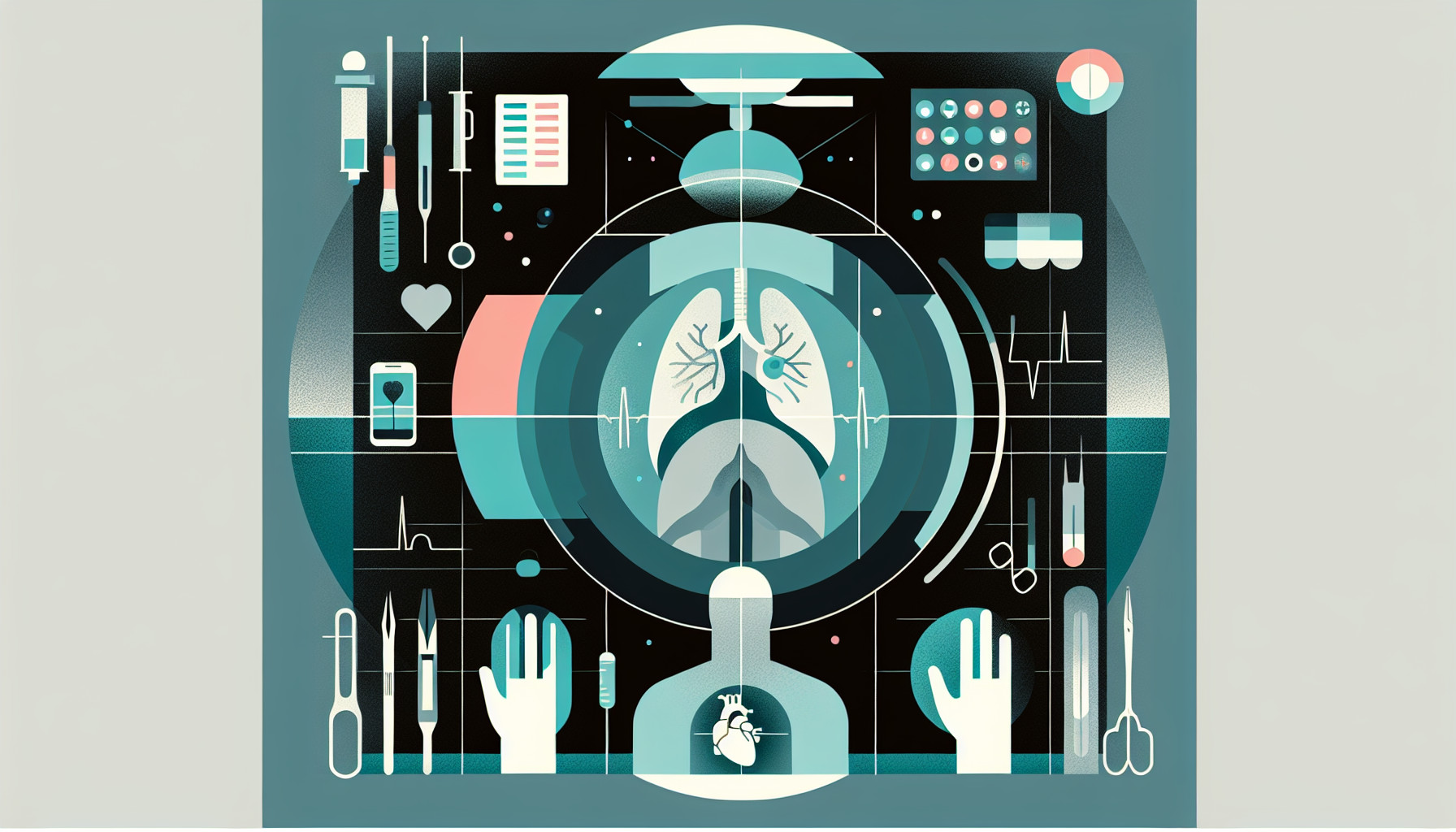Our Summary
The article discusses the final stage of breast reconstruction, which is recreating the nipple and the surrounding area. This step is crucial because it helps the patient feel more accepting of their new breast as part of their body. There are many methods to achieve this, such as using tattoos or tissue grafts, but a common issue is that the nipple tends to flatten over time. The researchers in this paper share a new technique where they use rib cartilage as a supporting structure for the newly reconstructed nipple. The cartilage is stored in a pocket made in the patient’s groin during the initial stage of the microsurgical breast reconstruction. When it’s time for the nipple reconstruction, the cartilage is cut to the right size and used within a specific type of flap to maintain the nipple’s shape. The result is a nipple that retains its shape and symmetry over time. The patients were satisfied with the outcome and felt more comfortable with their new breasts.
FAQs
- What is the last step of breast reconstruction?
- What are some common techniques used for nipple reconstruction?
- How does the use of a rib cartilage graft improve the results of nipple reconstruction?
Doctor’s Tip
A helpful tip a doctor might tell a patient about nipple reconstruction is to consider using rib cartilage graft as a structural framework for nipple projection. This technique can provide excellent symmetry and projection that is stable over time, leading to high patient satisfaction. It is important to discuss this option with your surgeon to see if it is a suitable choice for your individual circumstances.
Suitable For
Patients who have undergone breast reconstruction following mastectomy are typically recommended nipple reconstruction. This final step in the reconstruction process helps to give the breast a more natural appearance and can improve the patient’s body image. Nipple reconstruction techniques vary, but using rib cartilage graft as a structural framework can provide excellent symmetry and long-lasting projection for the nipple. Patients who choose to undergo nipple reconstruction are often very satisfied with the results and feel more comfortable and confident in their new breasts.
Timeline
Before nipple reconstruction:
- Patient undergoes mastectomy or lumpectomy for breast cancer treatment
- Patient undergoes breast reconstruction, which may involve tissue expanders, implants, or autologous tissue transfer
- Patient heals from breast reconstruction surgery and waits for final aesthetic improvements
After nipple reconstruction:
- Patient consults with plastic surgeon to discuss nipple reconstruction options
- Plastic surgeon evaluates patient’s breast tissue and discusses potential techniques for nipple reconstruction
- Patient undergoes nipple reconstruction surgery, which may involve techniques such as tattooing, local flap, nipple sharing, or autologous tissue graft
- Patient heals from nipple reconstruction surgery and experiences improvement in breast appearance and body image
- Patient may require follow-up appointments for any necessary adjustments or revisions to the reconstructed nipple
- Patient integrates the new nipple into their body image and is satisfied with the final result.
What to Ask Your Doctor
- What are the different techniques available for nipple reconstruction?
- How long does the nipple reconstruction procedure take?
- What is the recovery process like after nipple reconstruction?
- Are there any risks or potential complications associated with nipple reconstruction?
- How long will the results of the nipple reconstruction last?
- Will I need any follow-up appointments after the nipple reconstruction procedure?
- Can I choose the size and shape of my reconstructed nipple?
- How soon after breast reconstruction surgery can I have nipple reconstruction?
- Will nipple reconstruction affect the sensation in my breast?
- How will the reconstructed nipple look and feel compared to my natural nipple?
Reference
Authors: Guerid S, Boucher F, Mojallal A. Journal: Ann Chir Plast Esthet. 2017 Aug;62(4):332-335. doi: 10.1016/j.anplas.2017.02.002. Epub 2017 Mar 3. PMID: 28262373
